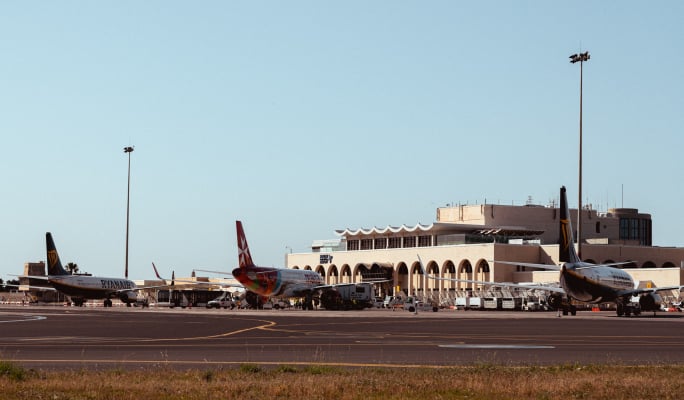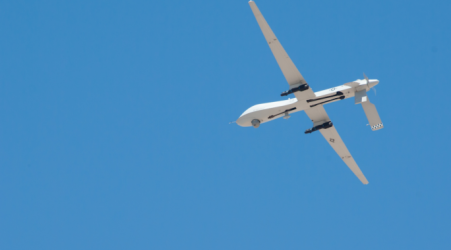MIA winter schedule: 109 direct connections across Europe and Middle East
Total of 896,471 arrivals and departures recorded in September 2024, increasing by 10.4% over 2023

The Malta International Airport has released its flight schedule for the upcoming autumn-winter season, offering 109 direct connections to destinations across Europe and the Middle East.
The most notable additions to the schedule, which may be accessed here, include the commencement of thrice-weekly operations to Dublin by a new airline for MIA, Irish flag carrier Aer Lingus, and the extension of Eurowings’ Dusseldorf route into winter.
The launch of the schedule comes on the back of another strong month for MIA, as passenger traffic continued to exhibit an upward trend in September to total 896,471 arrivals and departures, increasing by 10.4% over 2023.
Travel peaked early in the month, with the busiest day falling on Sunday 1 September, when Malta International Airport handled more than 33,000 passengers.
While seat capacity deployed by airlines climbed 9.1% over the preceding year, the seat load factor (SLF) stood at an all-time high for September at 90.2%, reflecting strong occupancy rates on flights to and from Malta.
With a market share of over 23%, Italy continued to top the market leader board, with the United Kingdom, Germany, France, and Poland following suit.
While four out of the five top-performing markets for September outperformed their respective 2023 results, France was the only market to fall just 2.9% short of reaching last year’s levels, due to aircraft operating with fewer seats and a minimal drop in SLF.
MLA achieves level 4 aci accreditation
The MIA also announced it has become the second European airport and the fifth airport worldwide to be awarded Level 4 of Airports Council International’s Customer Experience Accreditation Programme.
The programme is tailored to evaluate how airports manage the overall guest experience, focusing on enhancing customer understanding, analysing feedback, fostering a customer-centric culture, and driving service innovation, along with other key pillars of experience management.
The airport was commended on the measurement and tracking of customer experience indicators to address pain-points along the guest’s journey through the airport, and also received praise for the internal initiatives undertaken to encourage collaboration between the company’s departments and assist teams in delivering better customer experience.


































